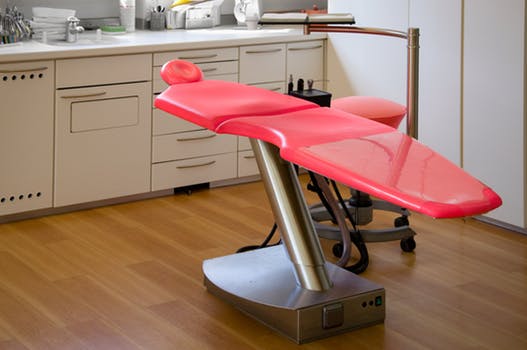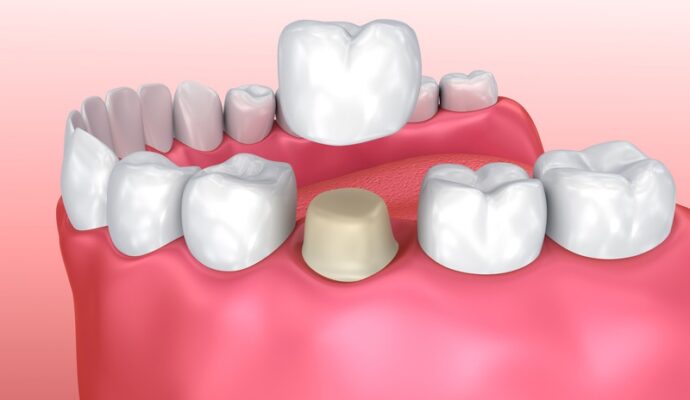Teeth discoloration, gum swelling, and chronic discomfort are symptoms of an infected or decaying tooth. There may be pain as you chew, consume hot or cold food items and drinks, or apply pressure to the tooth that is affected. A root canal can improve your symptoms and prevent the tooth from being extracted.
Compared to other dental methods for tooth extraction, endodontic therapy and the restoration of the natural tooth are much less cost-effective. If you suffer from tooth infections that are not addressed, it could cause injury to the bone that holds the tooth into its place in your jaw. In this case, you may need a tooth extraction.
Root Canal Treatment
The dental operation that cures inflammation within the root canal of an impacted tooth is often referred to as”root canal. “root canal.” Your regular dentist can do root canal treatment.
How is a root canal performed?
A root canal procedure usually requires two visits with the dentist. The dentist uses X-rays at your first session to locate the decay. Because it’s an unpleasant surgery, some anesthesia is required.
A tiny layer of rubber, also known as a dental dam, is placed around the damaged tooth to guard against the sludge and clean it during the procedure. Your dentist will create minor cuts on the tooth’s surface once it has been utterly numb to access the affected region within the root. Small instruments used by your dentist are used to cleanse the pulp. You can look up “Dental clinics in Gonzales, LA” for best results.
When is a root canal treatment needed?
A root canal therapy might save a tooth that has been damaged or infected. Because of decay, regular dental work or wear and tear, gum disease, broken fillings, or even a tooth accident, the tooth could be injured or infected.
In most cases, it is preferred over-extraction to treat a tooth with an infection. There are exceptions, like when the tooth has been severely damaged. Before recommending treatment, the dentist will conduct an extensive exam on your health and oral hygiene. Foote Family Dentistry procedure includes root canal treatment.
What are the signs that you require a root canal treatment?
A root canal has an extremely high chance of not failing. If an X-ray confirms that the black zone around the tooth’s root has receded since the root canal was created, the symptoms are promising and indicate that your tooth may be recovering.
There are times when there are no apparent signs or symptoms that a tooth requires root canal therapy. Here are the most common warning indicators:
- Toothache severe
- Sensitivity to hot or cold
- Dents that darken
- Swollen and tender gums
- The face or neck is swelling
What happens after a root canal treatment?
On the next day, following your root canal, you will be able to resume your typical routine. If your tooth has a temporary filling, you should refrain from chewing or biting it until you have a permanent crown or filling. If the problem extends to the pulp before your root canal is filled, you might require antibiotics.
If flossing, brushing, and dental cleaning are done regularly, a root canal tooth can last a lifetime. Refraining from early treatment for damaged teeth, on the other hand, can reduce the likelihood of getting it back.




